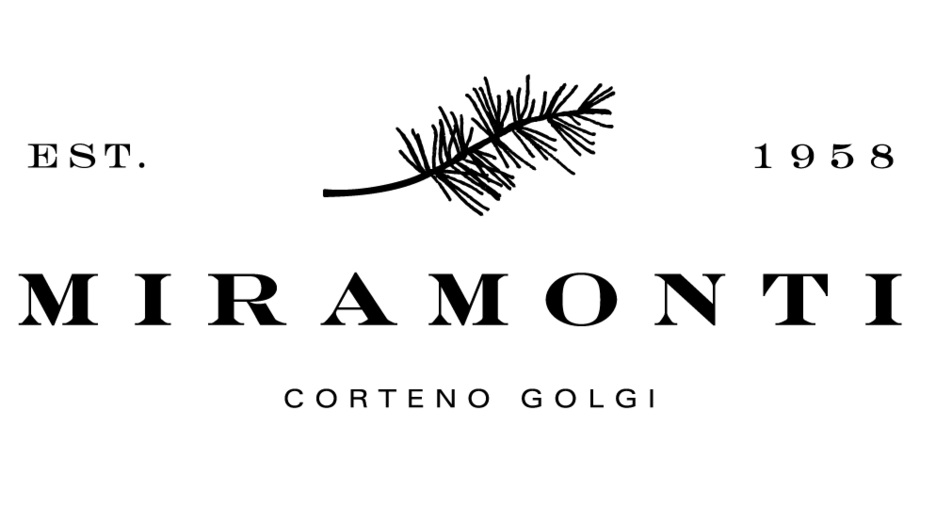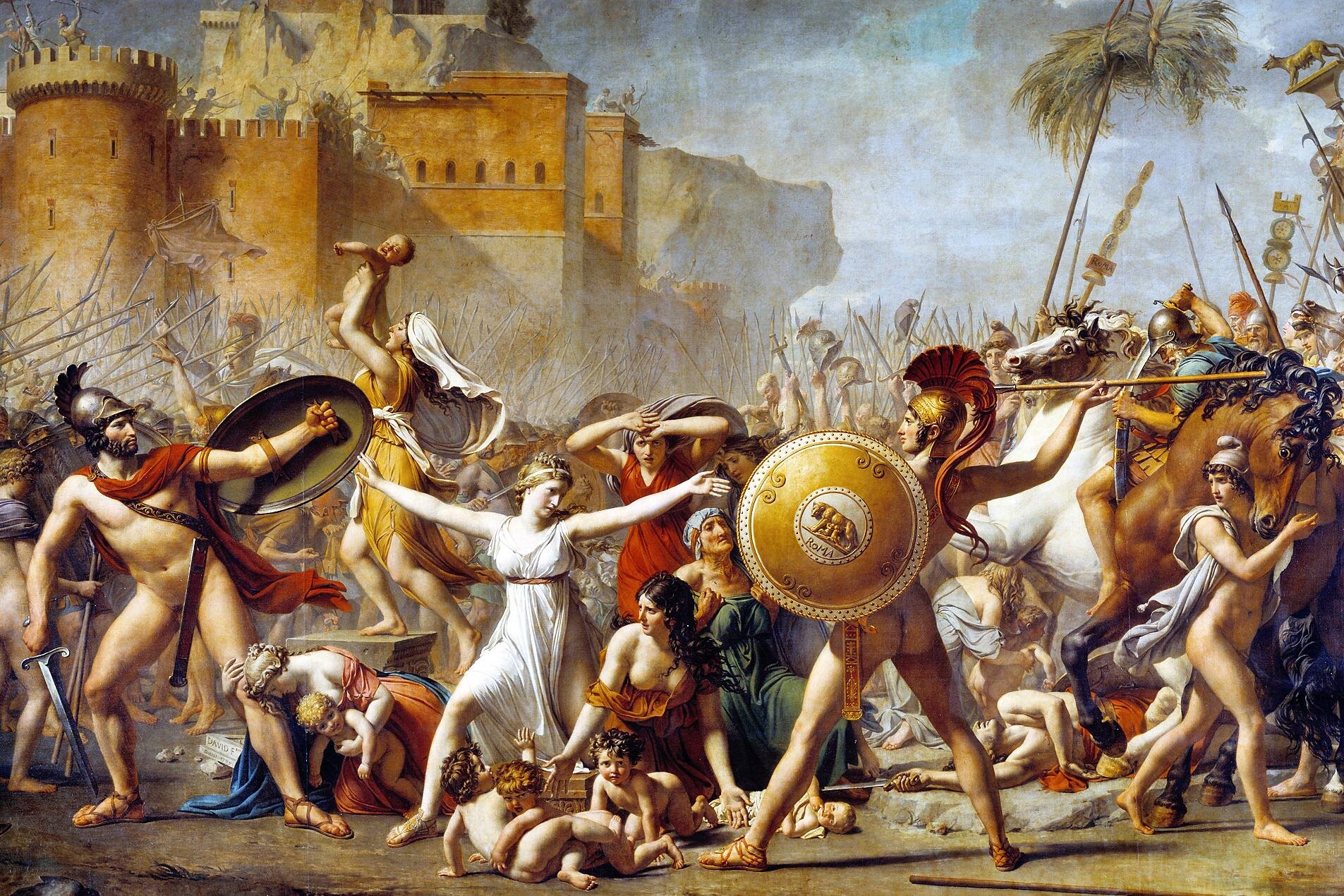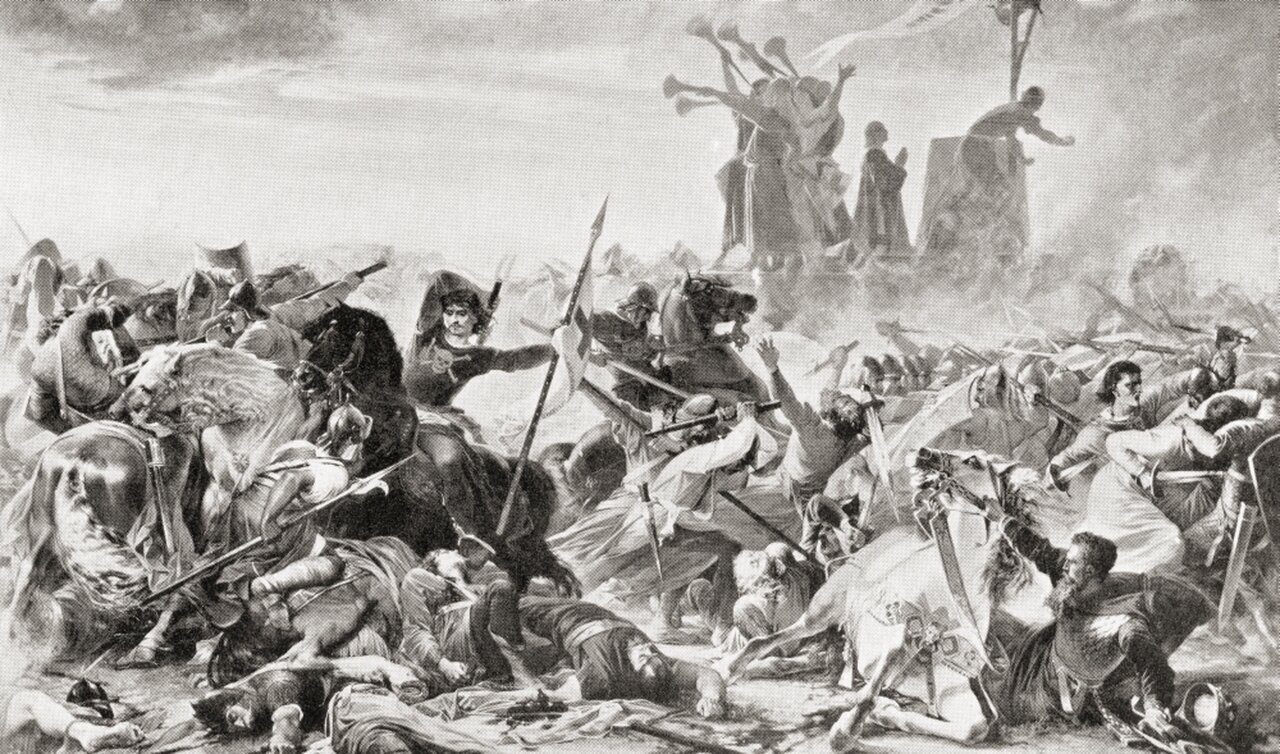A Brief History of Lombardy
It’s hard to believe, but only about 160 years ago, the country of Italy did not exist. Instead, there were different kingdoms spread out in the region – one of which included our beloved region of Lombardia. Lombardy is where Albergo Miramonti is located – a beautiful, highly abundant and significant region of Italy. The region itself is at a central position in Northern Italy, linking Italy to the rest of Europe from the Mediterranean to the North Sea; from Atlantic Europe to the Balkans. We would recommend, anyone travelling to Italy, to appreciate our long-running history as well as the fantastic views that the area offers. So, here is a short history of the Lombardy region, starting from prehistoric times up to the unification of Italy.
THE ETRUSCANS
Long before the Romans, the very first settlers of the region were the Etruscans. The Etruscans were a prehistoric tribe who found their base in Tuscany. They left many significant artefacts such as pottery and ancient texts, in which of these can be found in the National Etruscan Museum in Rome. These ancient peoples set the foundation for establishing a central government that exercised control over all tribes and clans. However, they were soon overpowered by the Celts, who themselves were conquered by the Romans. At the Archeopark in Boario, just a 50-minute drive from our Alpine Hotel, you can learn all about prehistoric Italy dating from the Paleolithic age up to the Roman times.
THE ROMANS
In the 5th Century BCE, Lombardy was inhabited by the Celtic peoples but was soon conquered by the Romans two centuries later, where it also became part of the Cisalpine Gaul (A Roman Province). This new province became an important location for the Romans, who founded the cities of Milano, Cremona, Como, Brescia, Lodi, Pavia, in their conquest for Europe. With Lombardy’s position at the base of the Italian Alps, it gave an important strategic location. Just like how Milan is Lombardy’s capital today, it was also once the capital of the entire Western Roman Empire.
GERMANIC GROUPS
However, the Roman Empire soon crumbled, and it became very vulnerable to invasions from the North. Yes, the same location that made it much more convenient to invade the Gauls, made it easy for those from the North to invade the Romans. For many years, Lombardy was under constant conflict. They were always at war, trying to claim or take back the land. But finally, the Lombards or ‘Longobards’ (Old Germanic for long beads) managed to take control of the area for two centuries, mixing together both Roman and Germanic cultures. If you take a look at Northern Italy today, there are actually many small remnants of German culture. For instance, many cuisines from Northern Italy feature pork, butter, and incredibly similar types of stuffed pasta, same as many Länder in Germany (and Austria as well).
THE LOMBARD LEAGUE
After two centuries, Lombard fell into the hands of King Charlemagne of France. Despite many centuries of the constant conquering of the region, Lombard was finally prospering. For the next few years, the area would grow and split up into small, but wealthy cities. These city-states would then join together as a ‘league’ to put an end to the actions of the Holy Roman Empire. One prime event was when the Lombard Leagues successfully defended their autonomy against Frederick Barbarossa at the Battle of Legnano in 1176. Soon after that, the city of Milan gained fame and housed many prominent figures like the Sforzas.
INVASIONS
At some point, the Valtellina valley was taken by the Grisons in 1512. The Grisons were a league originating from the Rhaetian area, who had control over the Alpine passes. They sought control over the region, with the Valtellina being controlled by the league. It was until 1815 when the Valtellina was passed to the Lombardo-Venetian Kingdom. While that was happening in the North, in the other states of Lombardy, since it was such as an affluent region, motivated organized armies of national powers such as France and Austria, to engage in a lengthy battle to take Lombardy region in the 15-16th century.
UNIFICATION
After the country was under the rule of Napoleon Bonaparte, as well as adopting French principals of liberty, equality and fraternity – it strengthened drive to create revolutionary ideas. And it was only until 1859 when the country finally merged together as one Italy under the rule of King Victor Emmanuel II. The unification, also known as ‘Risorgimento’, was a political and social movement that consolidated the different states of the Italian peninsula into one single Kingdom of Italy in the 19th century. As there were many different foreign powers taking hold of the region, it motivated Italians to strive for unification.
Why not stay at Albergo Miramonti? We are located within the Alps, with a Hotel Spa, relaxing Cigar Lounge and an Italian Restaurant that serves local Valtellina Cuisine.
For more articles about the Italian Alps and Northern Italy, read our blog:






